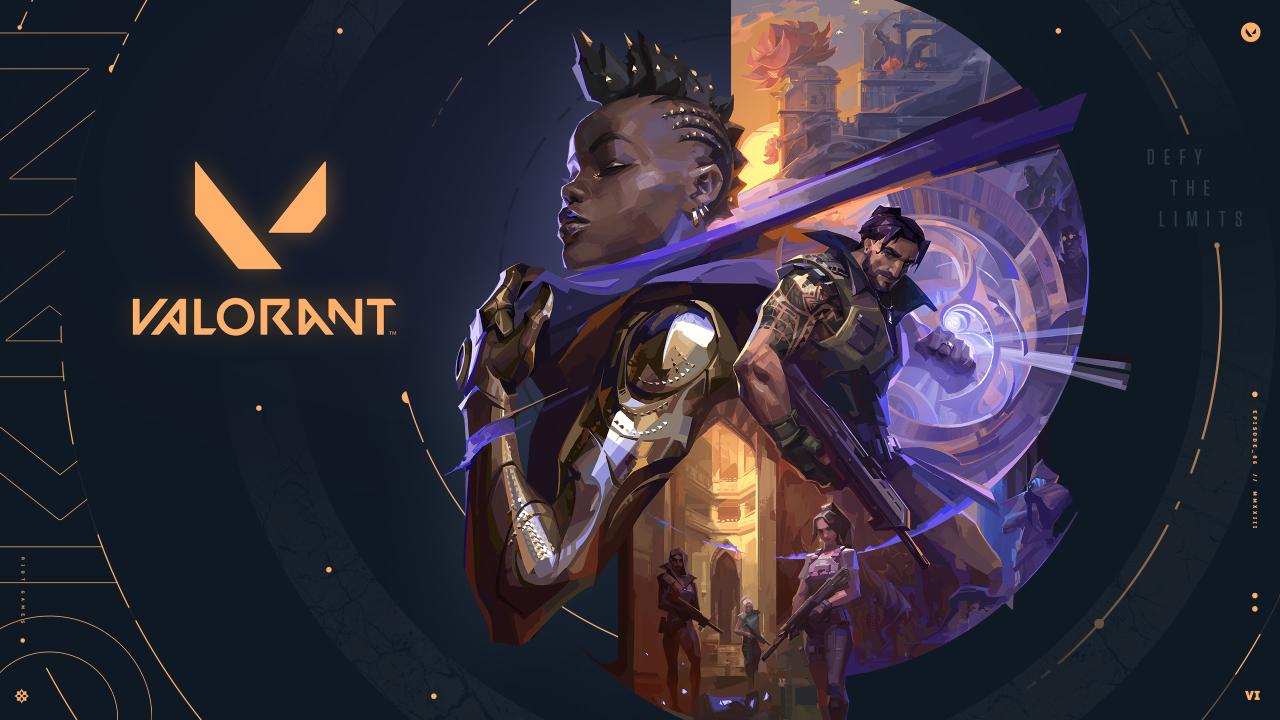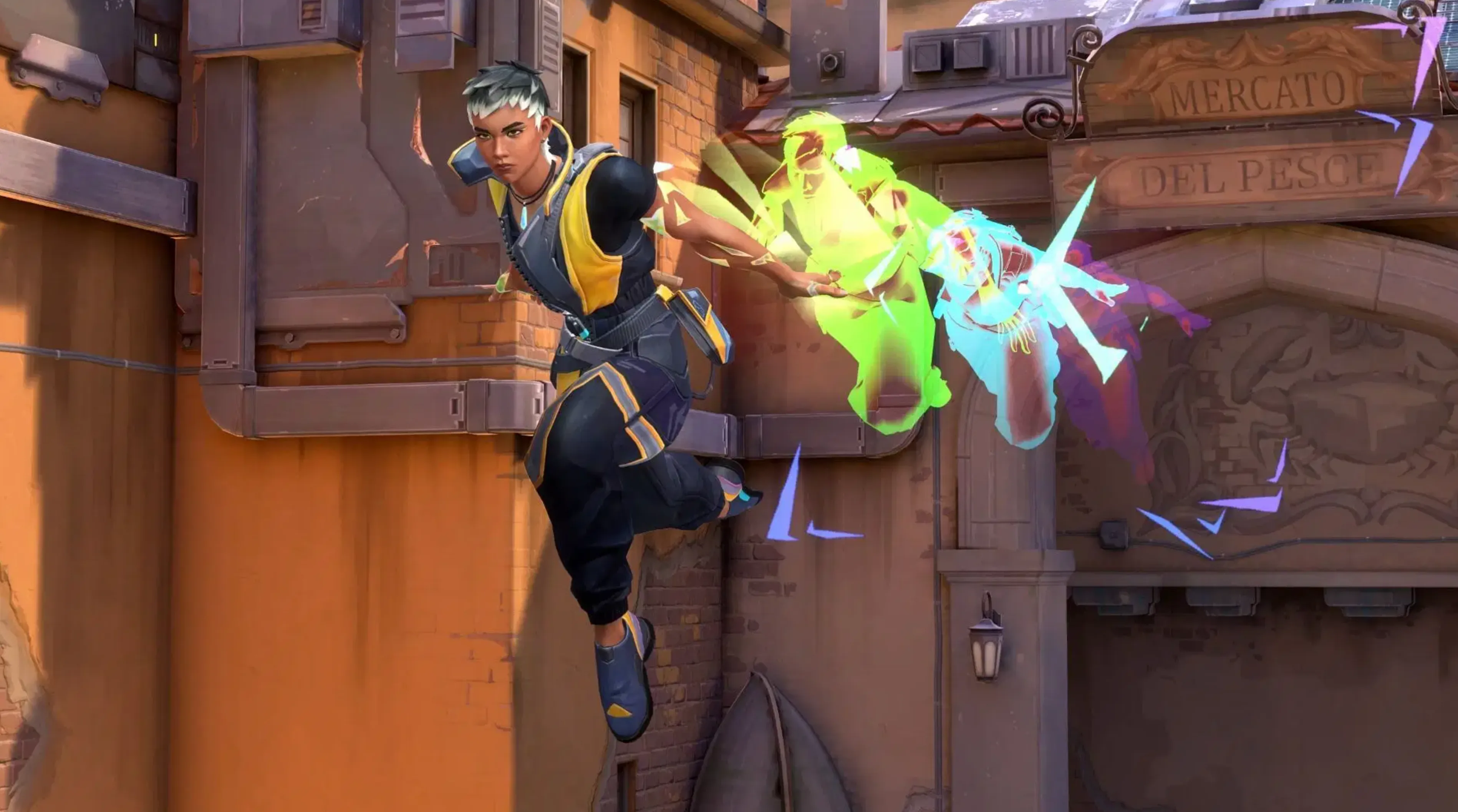The landscape of competitive gaming was irrevocably altered with the introduction of Valorant, a game that brilliantly fuses the precise, high-stakes gunplay of classic tactical shooters like Counter-Strike with the unique, character-based utility of hero shooters.
This fusion, created by the masters at Riot Games, has resulted in a game that demands not only razor-sharp mechanical skill—requiring perfect aim and recoil control—but also deep strategic thinking, flawless team coordination, and an intimate knowledge of each Agent’s specialized abilities.
Success in Valorant is a delicate balancing act, requiring players to communicate flawlessly, manage their economy wisely, and execute complex, coordinated plays to either secure a bomb site or successfully defend it. Simply put, brute force will only get you so far; the true path to climbing the competitive ladder lies in leveraging the synergistic power of your team’s unique utility against the enemy’s formation.
This guide aims to break down the complex layers of Valorant, transforming the intimidating learning curve into a structured path toward mastery by providing a comprehensive understanding of core shooting mechanics, the unique Agent classes, essential map knowledge, and the workings of the competitive ranking system.
Whether you’re just starting your placement matches or grinding for the prestigious Immortal rank, mastering these elements is the key to consistently delivering clutch performance and dominating the future of the tactical genre.
The Fundamentals: Mechanics of Gunplay

Unlike many casual shooters, Valorant’s gunplay is unforgiving, emphasizing precision, stillness, and burst control over constant movement and spraying.
A. The Importance of Standing Still
Accuracy in Valorant is directly tied to movement, meaning shooting while moving drastically reduces your bullet precision.
To land accurate shots, you must stop moving entirely before firing, a core mechanical discipline known as “tapping” or “bursting.”
Advanced players use counter-strafing, quickly tapping the opposite movement key (e.g., tapping ‘D’ while pressing ‘A’) to instantly halt momentum and regain firing accuracy.
Mastering this stillness is the single most important mechanical hurdle to clear for any new player.
B. Recoil and Burst Firing
Every weapon in the game, particularly the Rifles (Vandal and Phantom), has a unique recoil pattern that must be learned.
The first few shots in a burst are generally highly accurate and land in a tight grouping.
Beyond the first three to six rounds, the recoil pattern becomes increasingly randomized, making it extremely difficult to control for sustained fire.
Therefore, the most effective technique is burst firing, shooting small, controlled salvos of bullets and resetting the recoil between each burst.
C. Crosshair Placement and Headshots
Crosshair placement is perhaps the most crucial skill, requiring you to anticipate where the enemy’s head will appear.
Always keep your crosshair aimed at head level as you approach corners and common angles, anticipating the enemy’s height.
This habit allows you to achieve a one-shot headshot with powerful rifles, often winning the fight instantly without needing to make large aiming adjustments.
Constantly visualizing where the enemy’s head will be is more effective than constantly having to correct your aim during an engagement.
D. Silent Movement and Sound Cues
Sound is a critical information tool in Valorant, as running makes distinct, loud footsteps that can be heard across considerable distances.
Use the “walk” key (Shift by default) to move silently, allowing you to sneak up on unsuspecting enemies or reposition without alerting the entire enemy team.
Conversely, you must constantly listen for enemy footsteps, ability activation, and gunshots to gain crucial intelligence on their location and strategy.
Understanding the geometry and surfaces of the map is important, as sounds travel differently across various materials like wood or metal.
The Agents: Classes and Utility Roles
Valorant’s agents are divided into four distinct classes, each bringing essential utility and a specific strategic purpose to the team composition.
A. Duelists: The Entry Fraggers
Duelists are the self-sufficient aggressors whose primary job is to enter the site first and secure the initial kill, known as the “entry frag.”
Their abilities often include powerful flashes, smokes, or movement tools that allow them to take space safely and survive early engagements.
Agents like Jett (high mobility and smokes) and Reyna (healing and invulnerability on kill) exemplify the aggressive, risk-taking nature of this role.
A good Duelist creates chaos and distraction, enabling the rest of the team to follow up and plant the Spike.
B. Initiators: The Information Gatherers
Initiators are responsible for gathering information about enemy positions and disrupting enemy defenses before the Duelist enters.
They use abilities like recon darts, scouting drones, or flash-concusses to reveal where enemies are positioned, forcing them out of safe angles.
Sova (Recon Bolt) and Fade (Haunt) excel at revealing large areas, providing the team with the necessary intelligence for a coordinated push.
A successful initiation is the key prerequisite for a successful site execute.
C. Controllers: The Space Deniers
Controllers specialize in shaping the battlefield by deploying vision-blocking utility, primarily smokes, walls, and area-denial effects.
On attack, they use smokes to cut off angles that defenders might hold, allowing the team to cross safely onto the bomb site.
On defense, they use their utility to slow down enemy pushes or deny retake angles after the Spike is planted.
Agents like Brimstone (precise smoke placement) and Viper (toxic walls and area decay) are essential for dictating the flow of the round.
D. Sentinels: The Anchors and Flank Watchers
Sentinels are the defensive anchors of the team, specializing in locking down sites, watching flanks, and gathering passive information.
Their utility includes tripwires, alarm bots, and defensive walls that automatically alert the team to enemy movement or block paths entirely.
Sage (healing and resurrection) and Killjoy (turrets and alarm bots) are prime examples, providing crucial support and post-plant protection.
A Sentinel’s primary objective is to buy time for the rest of the team to rotate or prevent sneaky flanks from costing the round.
Map Mastery and Tactical Communication

Valorant is played on a rotating set of maps, and deep knowledge of each one is mandatory for competitive success.
A. Learning Map Layouts and Objectives
Each map (e.g., Ascent, Bind, Haven) features two or three plant sites (A, B, or C) that the attackers must reach.
Attackers must plant the Spike (the bomb) and ensure it detonates, while defenders must prevent the plant or defuse it before time runs out.
Each map has unique gimmicks, such as Bind’s teleporters or Ascent’s closable site doors, which must be factored into strategies.
Understanding the rotation paths between sites is crucial for defenders to quickly reinforce a threatened location.
B. The Language of Callouts
Effective communication relies on using the correct map callouts, which are standardized names for every major location on the map.
For example, knowing that “Catwalk,” “Ramps,” or “Heaven” refers to a specific elevated position is essential for quickly identifying an enemy.
When communicating, be concise and precise: specify the Agent, location, and health level (e.g., “Jett, B Main, low HP”).
Poor or vague communication is one of the most common reasons why teams lose rounds.
C. Default Positions and Economy Management
A default strategy is a common attacking tactic where the team spreads out to gain information and control key areas without committing to a single site immediately.
Economy management involves deciding which weapons and utility to buy each round based on how much money you and your teammates earned from the previous round.
Full buying means buying the best weapons (Rifles, Operator) and full armor, while eco rounds (saving money) and half-buy rounds (buying submachine guns or shotguns) are used strategically.
Understanding when to save money to “full buy” with the team on the next round is often the difference between winning and losing the match.
Competitive Play and Climbing the Ladder
The competitive mode is where players test their skills, and understanding the ranking system is vital for motivating your climb.
A. The Rank Tiers
Valorant utilizes a ranked system composed of nine major tiers, with each tier (except the top one) having three divisions.
The ranks, in ascending order, are Iron, Bronze, Silver, Gold, Platinum, Diamond, Ascendant, Immortal, and Radiant.
Ascendant was introduced to better separate the high-skill players from the lower ranks, making the climb more distinct.
Radiant is the exclusive top rank reserved for the best players in each region.
B. Understanding Rank Rating (RR)
Your progress is tracked using Rank Rating (RR), where you need 100 RR to move up to the next division.
Winning a match grants a base amount of RR, while losing deducts RR points.
The amount of RR gained or lost is heavily influenced by the match outcome, the round differential, and your hidden Matchmaking Rating (MMR).
A dominant win (e.g., 13-3) grants significantly more RR than a narrow win (e.g., 13-11), rewarding team performance.
C. MMR and Performance Influence
Your MMR (Matchmaking Rating) is a hidden number that the system uses to determine your true skill level.
If your hidden MMR is higher than your visible rank, the system will grant you higher RR gains for wins, often leading to double promotions to quickly push you to your rightful rank.
While winning is the primary factor, your individual performance (kills, damage, utility usage) can slightly influence RR, especially in the lower ranks.
There is no rank decay in Valorant, but you must play placement matches at the start of every new competitive act.
D. The Act Rank Badge
Your Act Rank is a permanent badge that evolves over a competitive period, known as an Act.
It is primarily determined by your highest-ranked wins during that period, reflecting your “proven skill.”
The badge is formed by a triangle made up of smaller triangles, each representing a competitive win at a specific rank.
This badge provides a visual representation of your maximum achieved rank and can be displayed to others.
Conclusion
Valorant is an intricate, demanding tactical shooter that rewards teamwork, precision, and strategic foresight above all else.
Mastering the core mechanics of movement and shooting—specifically stopping before you fire—is the fundamental requirement for competitive success.
Understanding the four Agent classes—Duelist, Initiator, Controller, and Sentinel—is essential for building a balanced, synergistic team composition.
Deep knowledge of map layouts and using precise callouts are just as critical for winning rounds as having good aim.
Successful economy management and coordinated utility usage dictate the flow and outcome of high-level matches.
The competitive system tracks your ascent through the ranks using the visible Rank Rating, which is heavily influenced by your hidden skill rating (MMR).
Consistency, a focus on communication, and dedicated practice in the firing range are the only true shortcuts to reaching your goal.
The intense blend of gunplay and abilities ensures that Valorant will remain a mainstay in the esports and competitive gaming scene for years to come.







